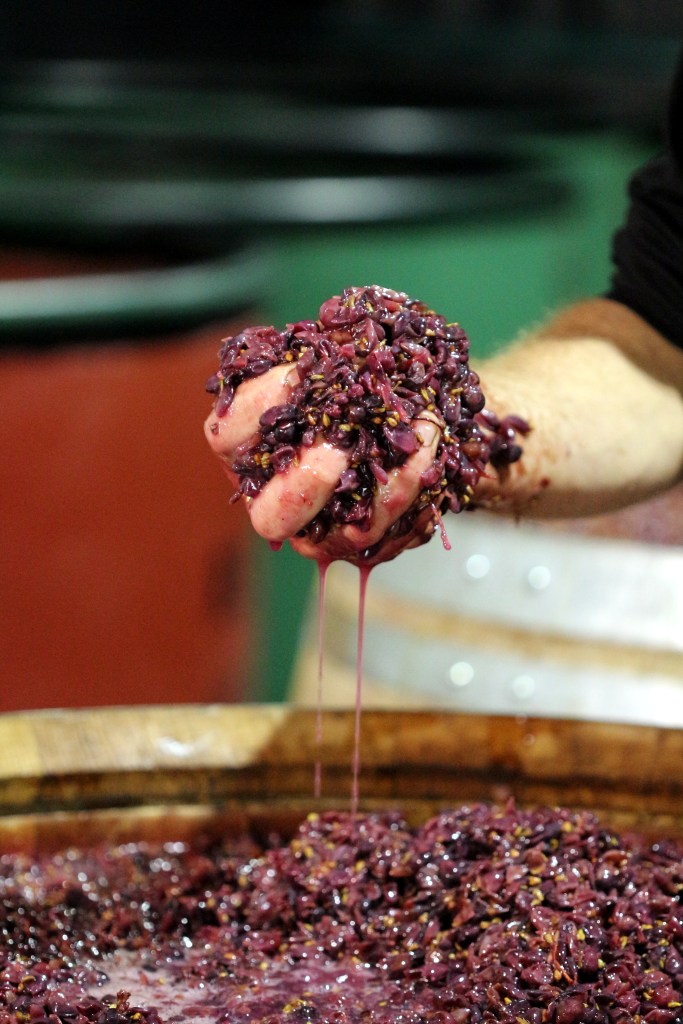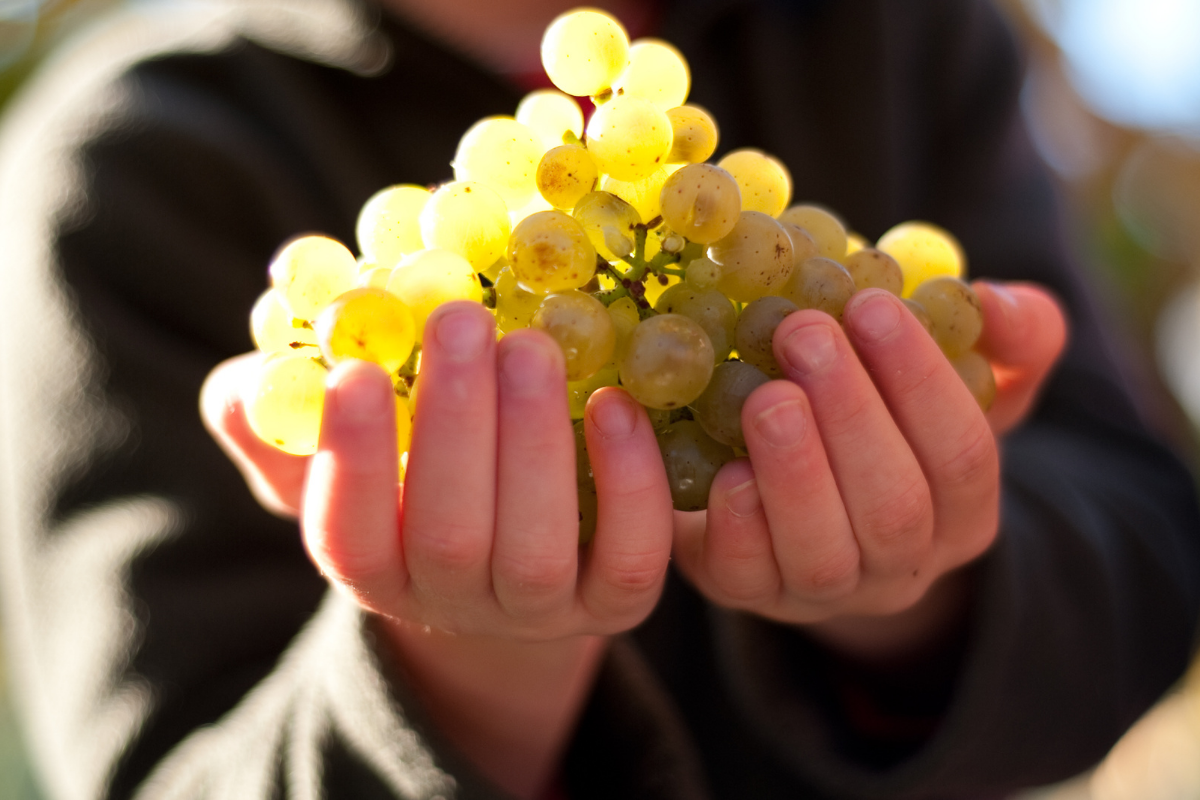Wine Tasmania has revealed details of the 2022 vintage, highlighting excellent quality and rising value, but reduced quantities.
Over 900,000 dozen-bottle cases of Tasmanian wine were produced in the 2022 vintage, meaning a total grape tonneage of 12,548, a reduction of 13 per cent on the year before. This is down from a peak of 17,180 tonnes in 2019.
However, average dollar value per tonne reached $3,237, a record for Tasmanian grapes, and a growth of three per cent on 2021. This value was contrasted against a national average of $630 per tonne, a decline of 10 per cent.
Tasmanian wine grapes’ over-indexing for value is reflected in its national regional placing, sitting in 16th place out of 78 for volume, but in 11th for value.
2022 also saw growth within individual grape subcategories, with table wine grapes reaching $3,256 per tonne, an increase of two per cent, while sparkling wine grapes recorded a three per cent rise to $3,213.
Wine Tasmania CEO, Sheralee Davies, spoke to The Shout about the factors driving the increasing value of Tassie grapes.
“There are three reasons contributing to the value of Tasmanian wine grapes being so much higher than the national average, and also why the value has increased this year while the national average has decreased: quality, scarcity and demand,” Davies said.
“The quality of our wine grapes is reflected in pricing, we don’t have a lot of spare fruit without a home and we have collectively grown the demand for Tasmanian wine and wine grapes ahead of supply.”

Pinot Noir remains by far the largest planted varietal in Tasmania, making up 46.9 per cent of all grape plantings, with Chardonnay in second on 24.7 per cent. In total, red wine grapes slightly outstripped white, representing 51.3 per cent of plantings to white grape’s 48.7 per cent.
When considered its own variety, sparkling wine now accounts for 37 per cent of all Tasmanian wine, an additional increase of one per cent on 2021.
Davies commented that the 2022 grape season was impacted by a wide range of weather conditions, across the different microclimates on the island.
“Some wine growing areas experienced cooler than average temperatures and unseasonal rainfall, while others experienced warmer than average temperatures and limited rain,” Davies said.
“We often discuss the significant variability impacting Tasmania’s wine growing areas – no two seasons are the same and no two vineyards are the same – 2022 has clearly demonstrated this fact.”
These conditions called upon ‘the agility, expertise and vigilance of viticulturists and winemakers,’ according to Wine Tasmania.
Tasmania also experienced some bushfires over the last 12 months, with some winemakers raising concerns about the potential of smoke-damage.
Davies believes that winemakers on the island were able to avoid the worst consequences of the fires, saying: “While the Tasmanian wine sector is believed to have escaped any smoke damage in 2022, there were some fires which caused concerns, and we will be building on positive discussions during the season to request continuing improvements to fire policies and procedures in the future.”
Summarising the vintage as a whole, Davie says high quality would have been the preference of most Tasmanian producers prior to the season.
“With strong and growing global demand for our wines, Tasmanian wine producers had hoped for both high quality and high yields in 2022, however we’ll happily accept the former if we have to choose just one,” Davies concluded.
The full vintage report can be read here.
Wine Tasmania has also provided a video update on the 2022 vintage, featuring Sierra Blair from Ghost Rock Wines, Dr Andrew Pirie from Apogee Tasmania and Andrew Hanigan from Derwent Estate.
Read the round-up of vintage reports feature in The Shout’s sister publication, National Liquor News here.

